How many towns do you know that have a country park right at their heart? Yeovil Country Park is 127 acres, it has five main areas, with Ninesprings being the most popular and accessible part.
Ninesprings includes a woodland hillside, grassy area and water. Within Ninesprings there is a large Victorian pleasure gardens (according to the sign & officially this part is known as Valley Gardens although I’ve never heard it called that). This watery area is really special and it really is to be seen to be believed.
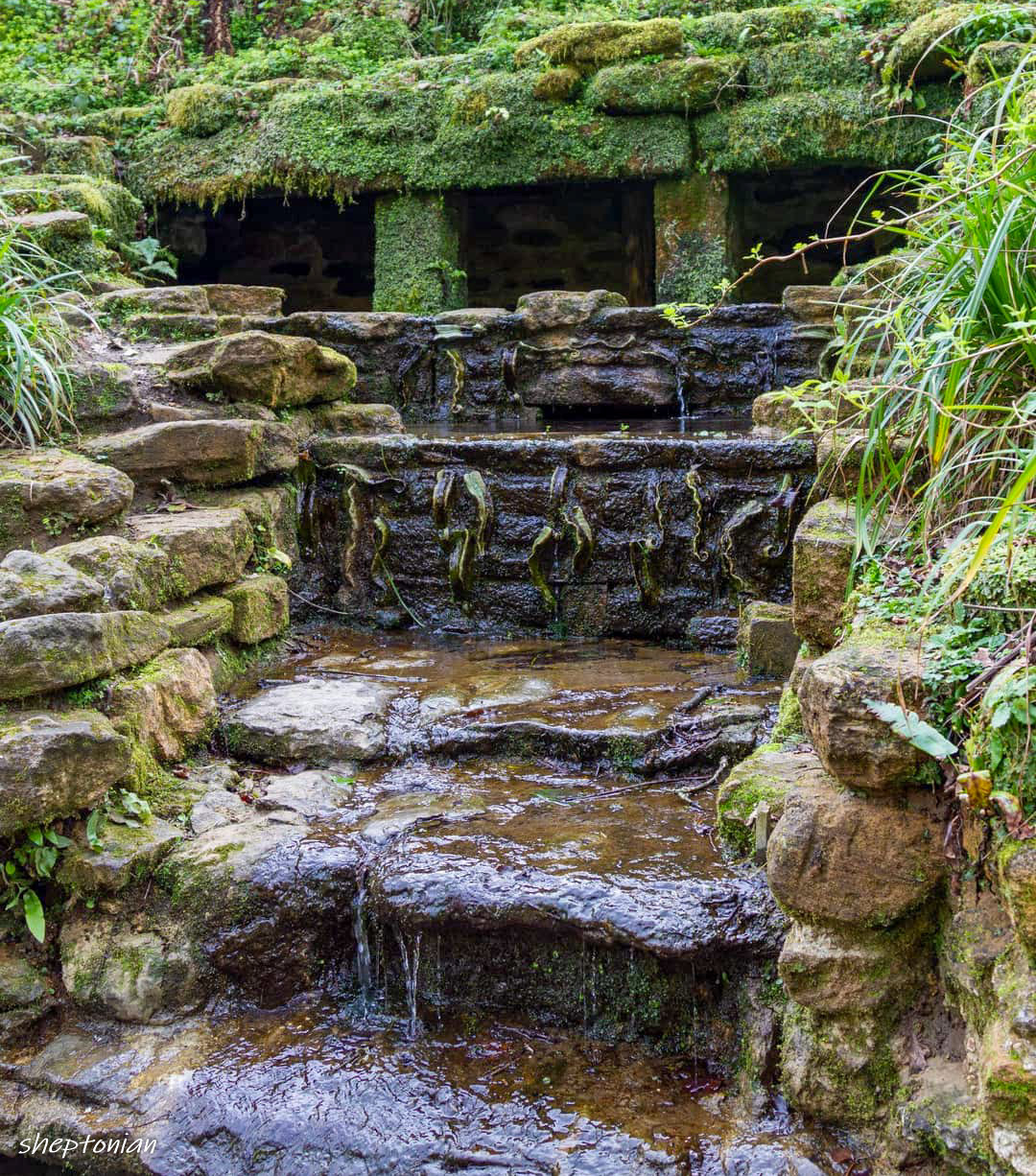
There are mini grottos and waterfalls and beautiful nooks with sculpted ferns, a large mosaic bird and a flower. But how did this beautiful parkland become part of Yeovil’s heritage?
I’ve been reading up on the excellent website known as Yeovilhistory.info to find out a bit more about how this beautiful scenic paradise came to belong to the centre of our town.
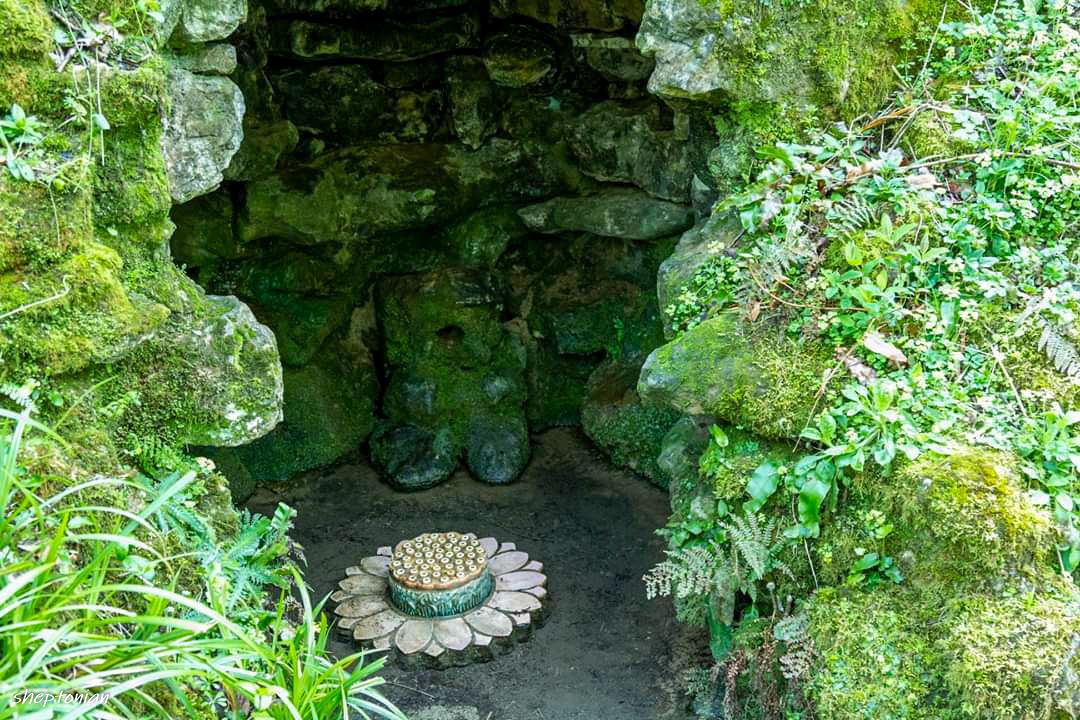
Ninesprings was developed during the early 1800s and once belonged to the Aldon Estate, the large stately home you can see at the top of Ninesprings, purchased by the Batten family in 1829.
Until the middle of the 1900s the public only had access by ticket. I like to imagine the people of Yeovil purchasing their ticket and going for a casual stroll on a Sunday afternoon. Ninesprings is now owned by South Somerset District Council and free for all to access (likely since the 1970s) alongside other beauty spots in the region.
Interestingly part of the land is still private and owned by the Aldon Estate and licenses are £50 a year to access this land, which is popular with dog walkers.
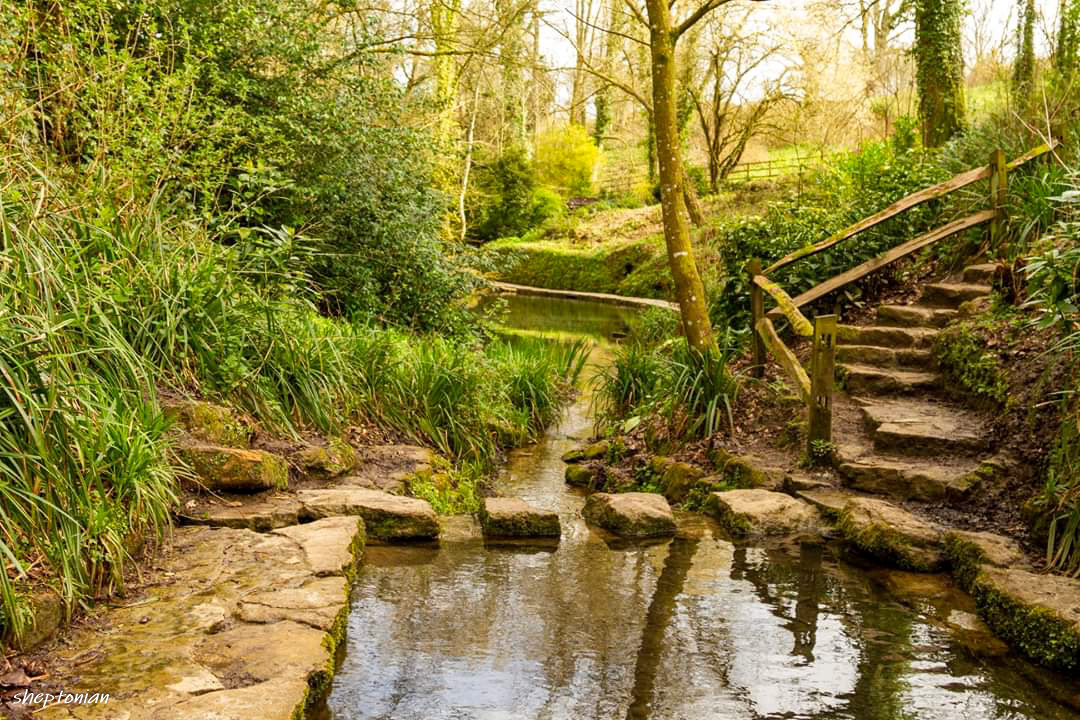
There is a slightly shady air of mystery on Ninesprings history however, that I would like to delve into. I would encourage you to look at the Yeovilhistory.info page for more details which includes source material of snippets of the original official report inquiry and newspaper reports.
At the beginning of the 1800s a scandal hit Yeovil concerning alleged misuse of charitable funds known as the “Yeovil Charities Scandal”, something of a reverse Robin Hood scenario, resulting in law suits over several years. The scandal seemed to primarily concern Yeovil Charity School and two almshouses (aka hospitals/poorhouses) and here’s how Ninesprings was embroiled in the scandal…
The following are excerpts from a letter from George Mitchell to the Charity Commissioners published in 1878 (76 years after the investigation began which shows how long it went on for.) George Mitchell states he is representing “agricultural labourers and other poor folk of the neighbourhood of Yeovil”.
“I particularly wish to know in the interests of the public, who are the rightful owners of some ornamental property called “Nine Springs” at Yeovil. The public were shut out of this very pleasant place of public resort many years ago by a local attorney. This is shrewdly suspected to be charity property.
What, I think, the inhabitants, and especially the poor ones, of this town and neighbourhood of Yeovil want to know, is who are the parties now in possession of charity lands and tenements belonging to Yeovil?”
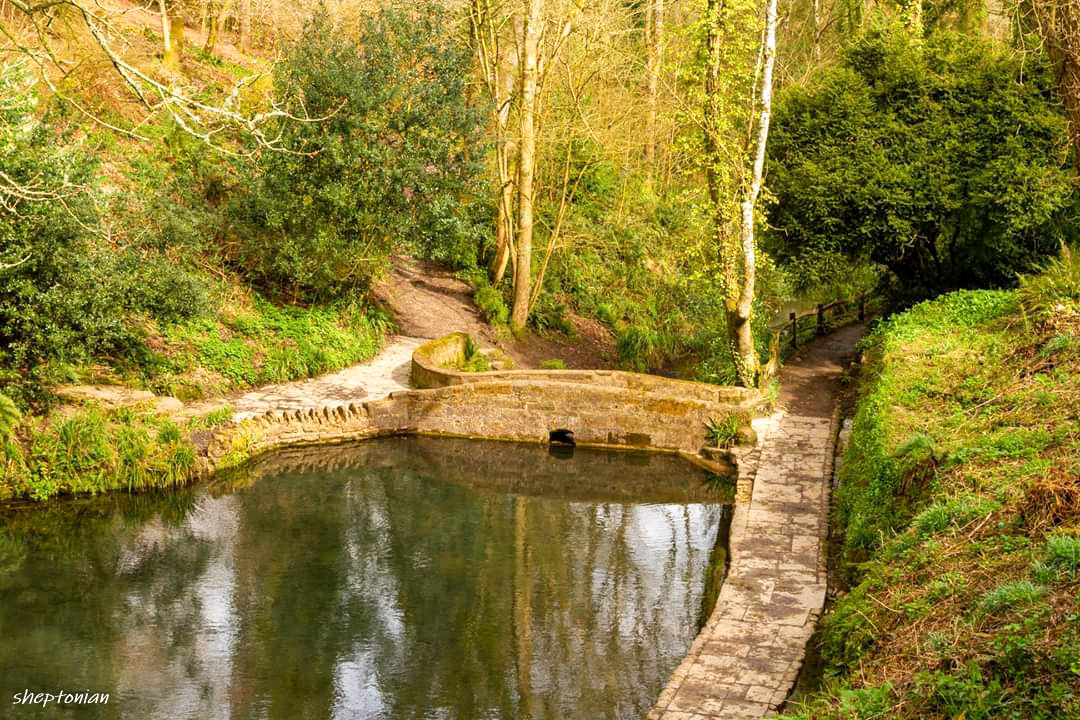
The following excerpt explains that the very person sent to investigate the corruptions was himself a friend or relative of many of those being investigated…
“On page 166, I find that Mr Justice Dampier is sent to Yeovil to investigate the charity robberies in 1810, but after examining witnesses for one day, declined to proceed any further. It happened that the parties complained of were mostly relatives and friends of Mr Justice Dampier, and he consequently refused to do duty, which, at that time would have consisted in hanging the whole of those said relatives and friends. But, unfortunately, the descendants of these culprits are now in possession of charity property, and what is to be done with this property?”.
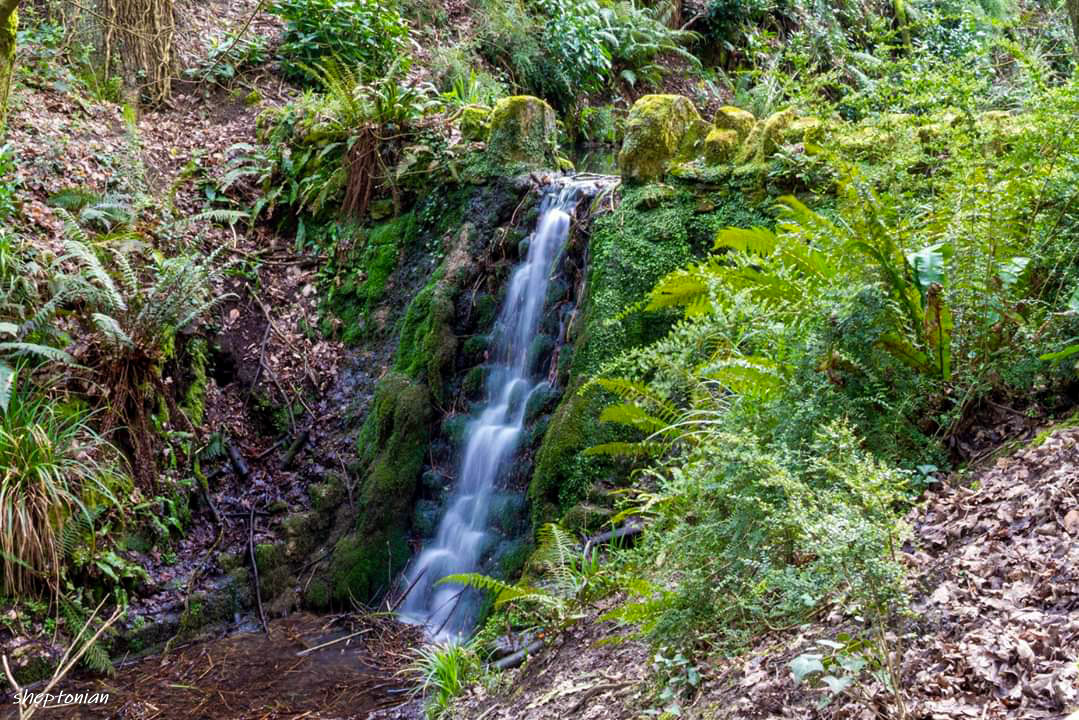
The voice of the rich, private families is also represented throughout the inquiry. In 1821 the Bath Chronicle and Weekly Gazette refuting claims of corruption stating that “Yeovil was represented as a very Nineveh of fraud and deception”.
Please do take a look at Yeovilhistory.info it is a long read, but well worth it. I have included the bits relevant to Ninesprings here but there is a bigger picture in terms of the scandal as a whole, and fuller versions of the historical records above by Yeovil’s most promiment historian.
A note on the photography
The photos on this post were all taken by the Sheptonian, a Somerset based photographer with the talent of Ansel Adams but in sensational technicolour.
Read my interview with Martyn here https://somersetshines.com/2020/03/01/martyn-talks-photography/
You can take a look at more photos here
https://sheptonian.picfair.com/
Instagram.com/Sheptonian